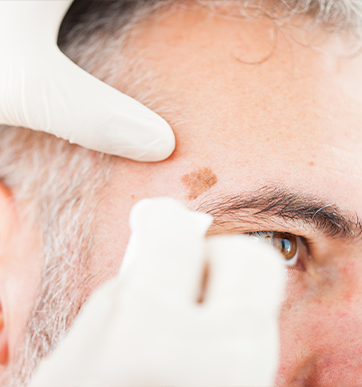
Reconstructive Surgery After Skin Cancer Removal
Edited by Katharine Ball, MD
Here at California Skin Institute, we specialize in Mohs micrographic surgery — the gold standard for skin cancer treatment. Mohs surgery has become popular for treating skin cancer cancer in cosmetically sensitive areas because of its high cure rates and potential for smaller scars afterwards. It is an advanced tumor removal procedure that involves a high level of expertise and real-time microscopic tissue analysis. Over the years, our board-certified and fellowship-trained surgeons have helped tens of thousands of patients beat skin cancer through Mohs surgery. Once the skin cancer has been removed there are various options for repairing the residual healthy skin. Some areas heal very well when left to heal on their own, but the majority of patients will need some sort of reconstructive surgery to minimize any resultant scarring.
Reconstructive Surgery Options
The key to understanding reconstructive surgery is to first consider how skin cancer is removed. Unlike a regular incision where the cut is made into the skin with a straight line, skin cancer tumors are removed in pie-shaped, circular pieces. This is essential for favorable outcomes because the surgeon must remove any cancer cells that may have spread away from the tumor.
Once this pie-shaped piece of tissue has been removed and the surgeon has confirmed that no cancer cells are present on the margin, the wound must be closed in a way that encourages fast healing and reduces the appearance of scars. In such cases, there are several options that board-certified surgeons at California Skin Institute can utilize.
Linear Repairs
A linear repair is performed by bringing the two edges of a wound together and repairing it in a single line. This is the optimal technique when repairing a wound in way to hide or camouflage in a pre-existing line on the face or body.
Skin Grafting
One technique often used by skin cancer surgeons during reconstructive procedures is to use skin grafting. For example, if you had a cancer tumor removed from the nose or the cheek, then a small piece of skin may be taken from a less conspicuous area, like the back of your ear, and positioned in place of the removed tissue. The surgeon will then carefully suture the graft in place and use thin sutures around the edges, to ensure the smallest scar possible.
However, at California Skin Institute we prefer to avoid using this technique when possible. The problem with skin grafts is that every part of the body has skin that is unique in thickness and texture. For example, transplanting a small piece of skin from the back of the ear to the nose or the cheek may reduce the appearance of scarring, but because the texture and pigmentation are somewhat different on these parts of the body, the skin graft may still be visible after healing. It is an especially troublesome concern when skin cancer is removed from the lips, as no other skin on the body can match the texture or sensitivity of skin on the lips.
This is one of the reasons why California Skin Institute surgeons often opt for the flap closure option during skin cancer reconstruction surgery.
Flap Closure for Reconstructive Surgery
The flap closure for skin cancer reconstructive surgery provides some of the best, most natural outcomes once the wound has healed. During the flap closure procedure a small piece of skin is lifted from an area directly adjacent to the wound. However, this piece is not completely removed and is still attached to surrounding skin tissues and underlying blood vessels. This piece of tissue is then pulled over the wound and sutured into place.
Using the flap closure technique during skin cancer reconstructive surgery is one of the best ways to ensure the least-visible scar after Mohs or excision surgery. This is because the skin that covers the wound is located directly adjacent to the treatment site, which means that the pigmentation and texture will be very similar, and won’t stand out after healing.
Suturing is Key
For any reconstructive procedure to be truly effective, it must be combined with delicate suturing techniques. Here at California Skin Institute, we’ve performed thousands of facial reconstructive surgeries and have used a multi-layered suturing procedure to achieve the smallest scar.
The key here is to use the smallest possible sutures on the top layers of the skin, while still holding the skin in place correctly. To achieve this, we utilize strong, dissolving sutures at the deepest layers of the skin, to provide the necessary strength for the wound to heal correctly. At the same time, we place the thinnest possible sutures on the upper-most layers, so that the edges of the skin can heal correctly.
Healing After Reconstructive Surgery
Healing times after skin cancer reconstructive surgery will vary depending on treatment area and wound size. However, the upper-most sutures are often removed within approximately one week of treatment. From there, the wound can take several weeks to fully heal, during which time you may experience some soreness at the treatment area. Keep in mind, however, that the scar may appear stronger in the first few months after surgery, but should fade over time, as the body continues to heal.
If you have any questions about skin cancer reconstructive surgery, set up a consultation with one of our board-certified surgeons today.

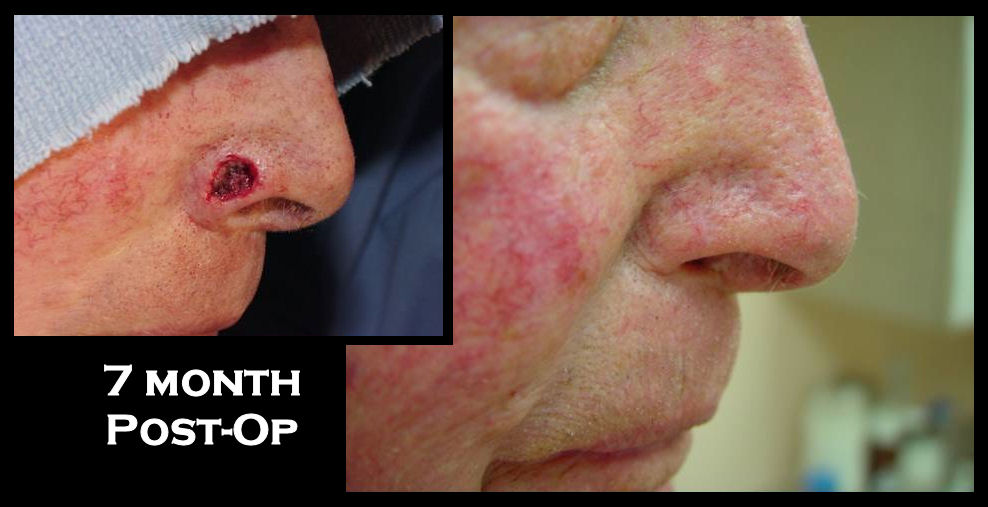
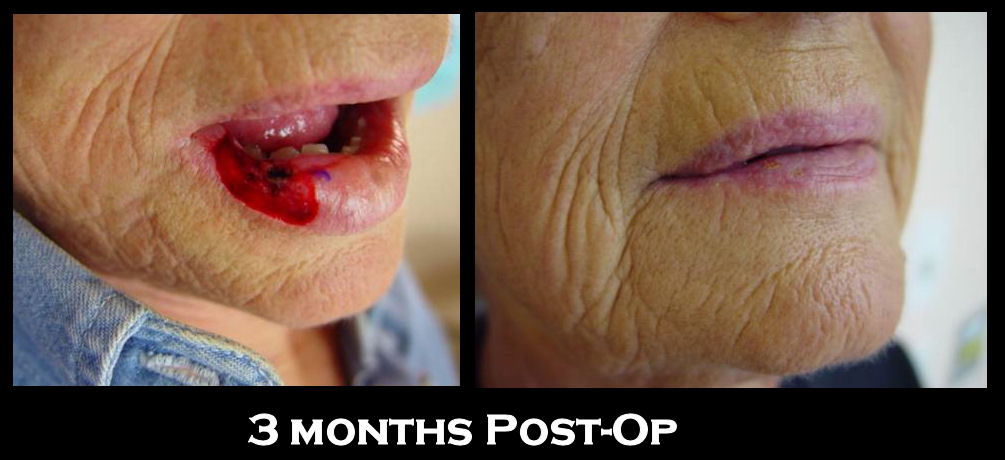
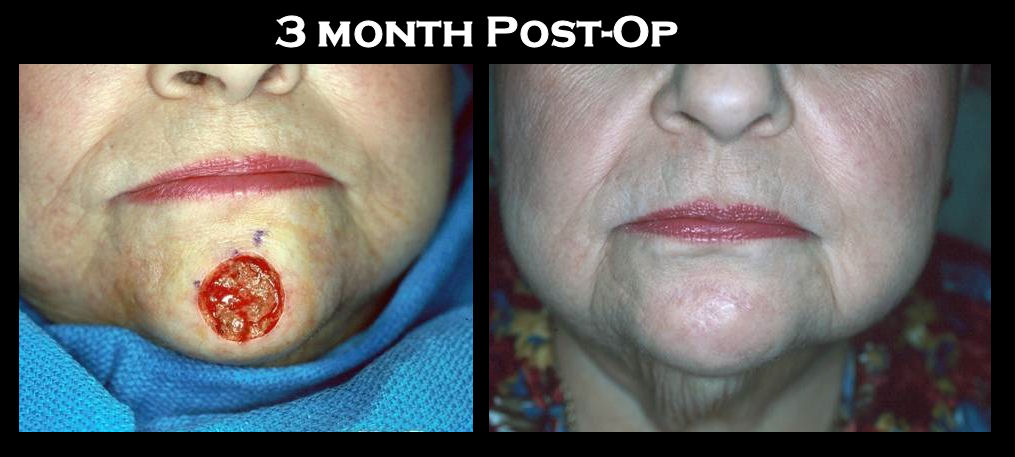
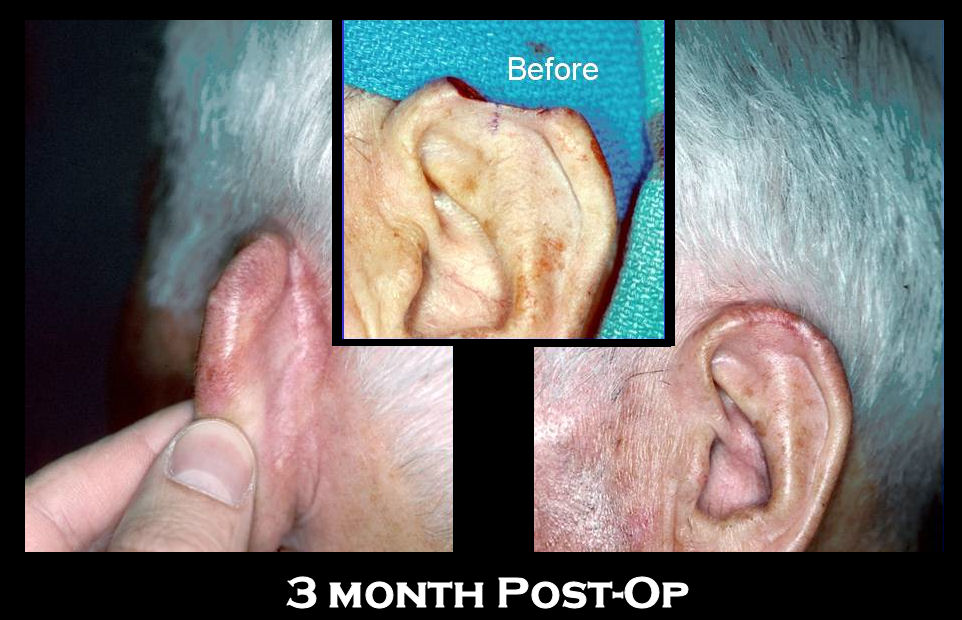


 / 291 Reviews
/ 291 Reviews